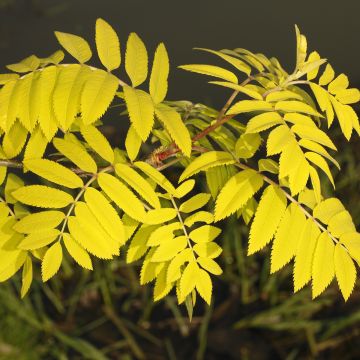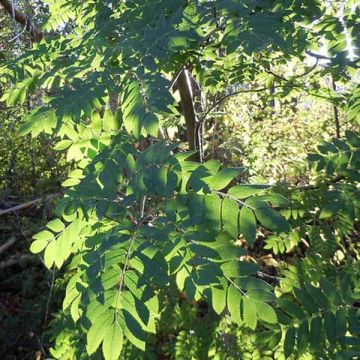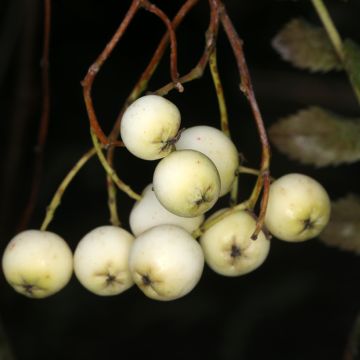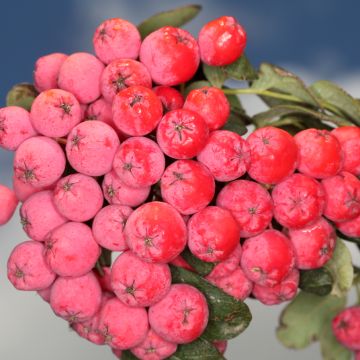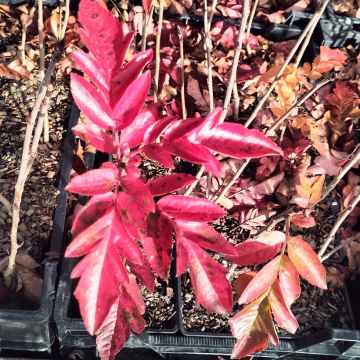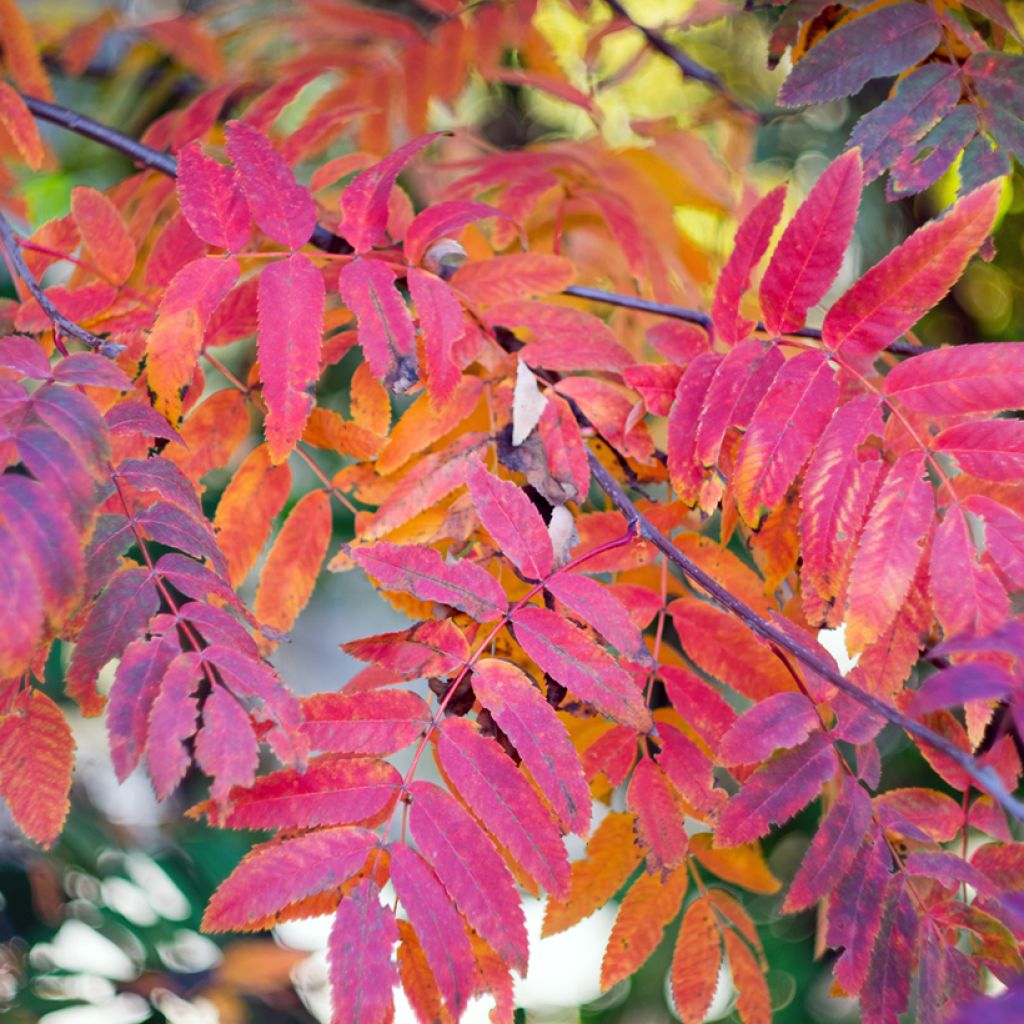

Sorbus aucuparia Wettra
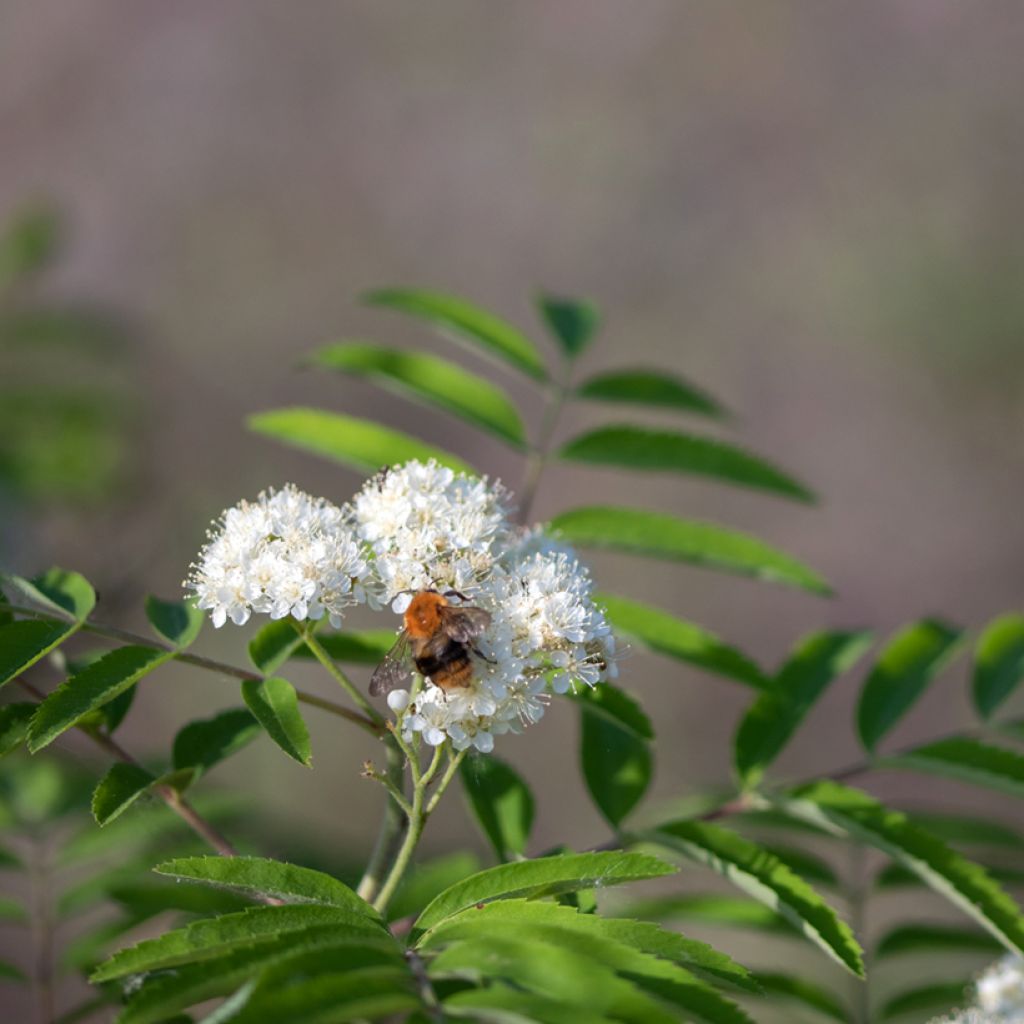

Sorbus aucuparia Wettra
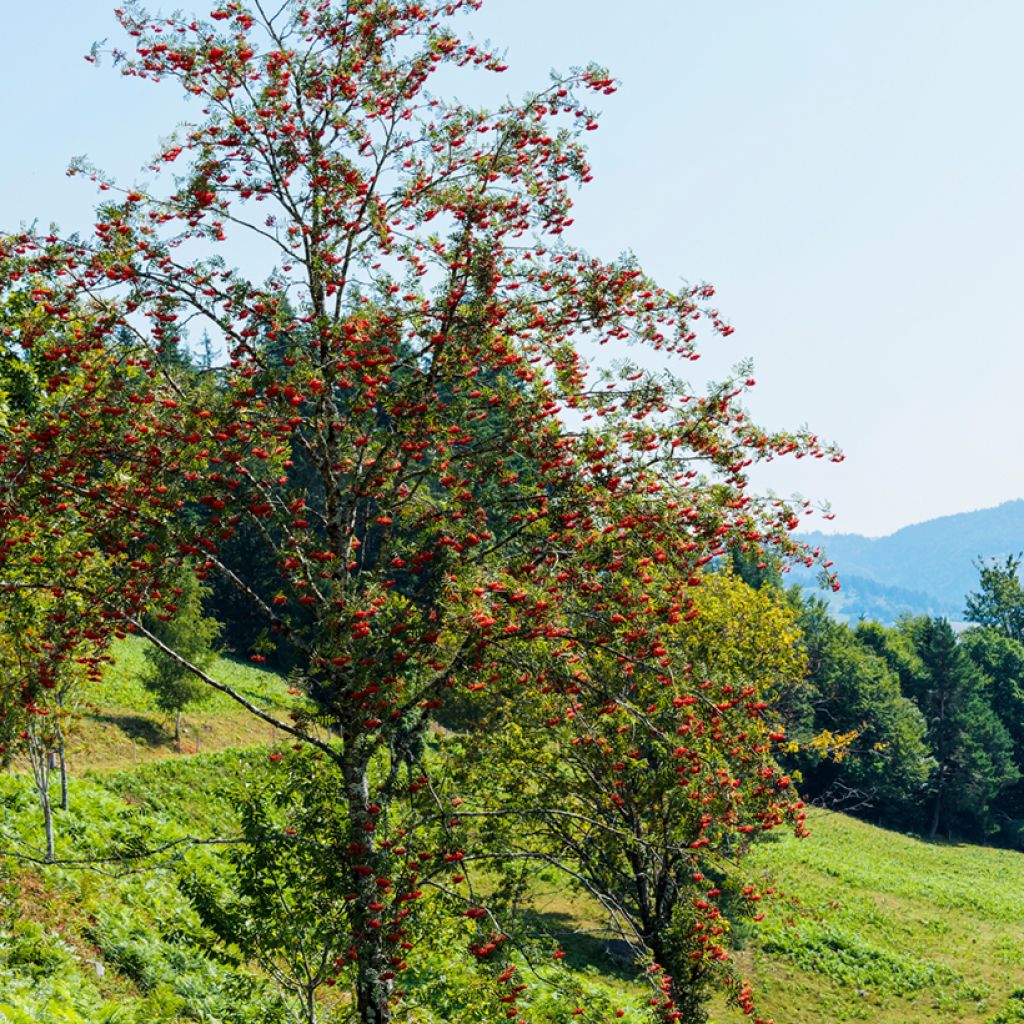

Sorbus aucuparia Wettra


Sorbus aucuparia Wettra
Sorbus aucuparia Wettra
Sorbus aucuparia Wettra
European mountain Ash, Mountain Ash, Quickbeam, Rantry, Rowan, Ranty, Rowanberry
Impeccable packaging, very beautiful tree, very tall, I am delighted.
Florence , 01/12/2023
Special offer!
Receive a €20 voucher for any order over €90 (excluding delivery costs, credit notes, and plastic-free options)!
1- Add your favorite plants to your cart.
2- Once you have reached €90, confirm your order (you can even choose the delivery date!).
3- As soon as your order is shipped, you will receive an email containing your voucher code, valid for 3 months (90 days).
Your voucher is unique and can only be used once, for any order with a minimum value of €20, excluding delivery costs.
Can be combined with other current offers, non-divisible and non-refundable.
Home or relay delivery (depending on size and destination)
Schedule delivery date,
and select date in basket
This plant carries a 24 months recovery warranty
More information
We guarantee the quality of our plants for a full growing cycle, and will replace at our expense any plant that fails to recover under normal climatic and planting conditions.

Would this plant suit my garden?
Set up your Plantfit profile →
Description
Sorbus aucuparia Wettra is a variety of rowan tree with fast growth and an upright, well-balanced habit. It is an elegant tree that can reach a height of up to 15 metres (49 feet) or more. It has the typical compound foliage of the species, with a beautiful bright green colour that turns yellow or red in autumn. Its white spring flowering is followed by decorative coral-red fruits that often persist until December... if the birds that love them don't devour them first! Very hardy, it is adaptable to different soils and climates and shows great versatility.
The Rowan tree, known as Sorbus aucuparia, is a tree of about fifteen metres that grows naturally in hedges, along paths or at woodland edges. Its natural distribution area is immense, covering a large part of Europe, Russia, temperate Asia, to Japan. Its excellent hardiness and tolerance to various natural conditions, whether soil or climate, explain its ability to spread. In the countryside, its berries serve as a pantry for wild birds, hence the common name of this tree. A member of the large Rosaceae family, there are dozens of species, with Sorbus aucuparia being one of the most common.
'Wettra' is often used for urban planting due to its distinctly upright habit of taking a regular ovoid shape. With fast growth, it reaches about 10 metres (33 feet) in height and 6 metres (20 feet) in width within ten years. Its odd-pinnate foliage is composed of several leaflets (9 to 17) with a green colour. Flowering in white corymbs appears in May-June and attracts bees. The flowers then give numerous clusters of coral-red fruits, about 1 cm (1in) in diameter and very decorative, which delight the birds that feed on them until the end of the year. In autumn, the foliage takes on a beautiful yellow to orange-red colour depending on the situation, contrasting well with the grey bark.
Planting this rowan tree in full sun is best, but it will tolerate partial shade for part of the day. It is not demanding in terms of soil, and, being a pioneer species, it can establish itself in poor soil.
Its mature size and fast growth make 'Wettra' suitable for medium to large gardens. In poor soil conditions, a cousin from the same family can be planted nearby, the Amelanchier lamarckii, also a "plant for 3 seasons": delicate and abundant white spring flowering is followed by decorative and edible purple berries, and the bronze foliage upon emergence turns green, blazing orange in autumn. At its base, brooms will provide a spectacle with their vibrant late spring flowering, such as the remarkable 'Boskoop Ruby'.
Report an error about the product description
Sorbus aucuparia Wettra in pictures
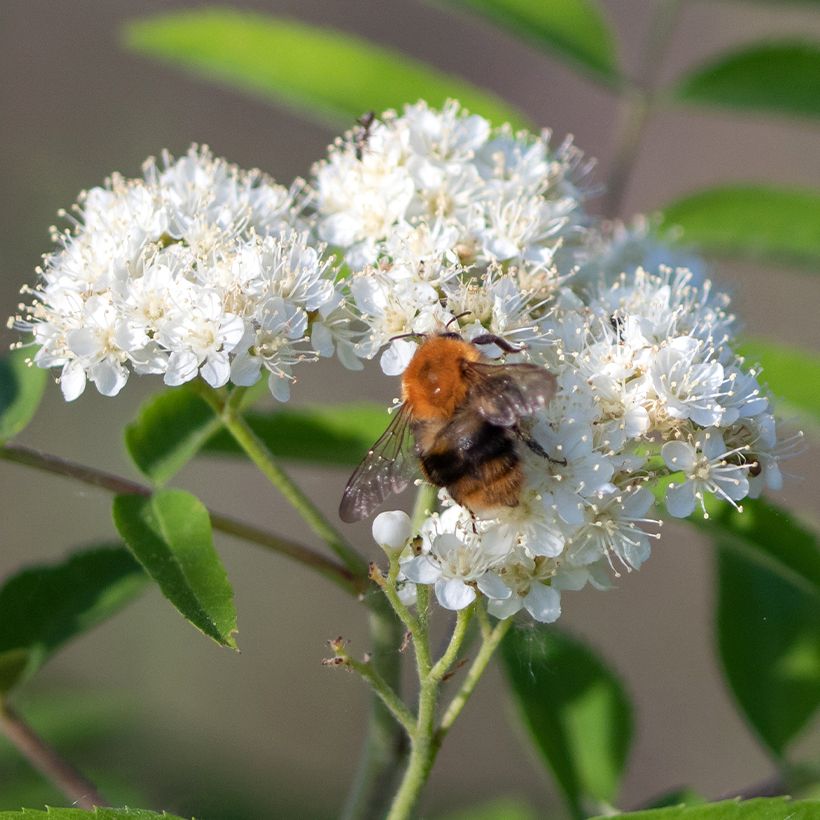

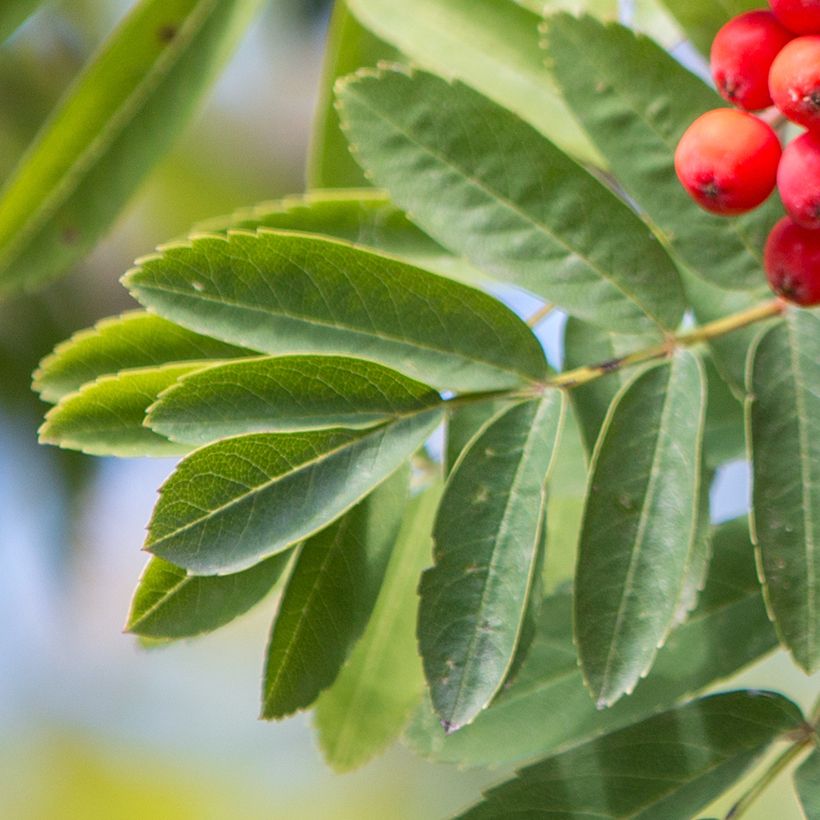

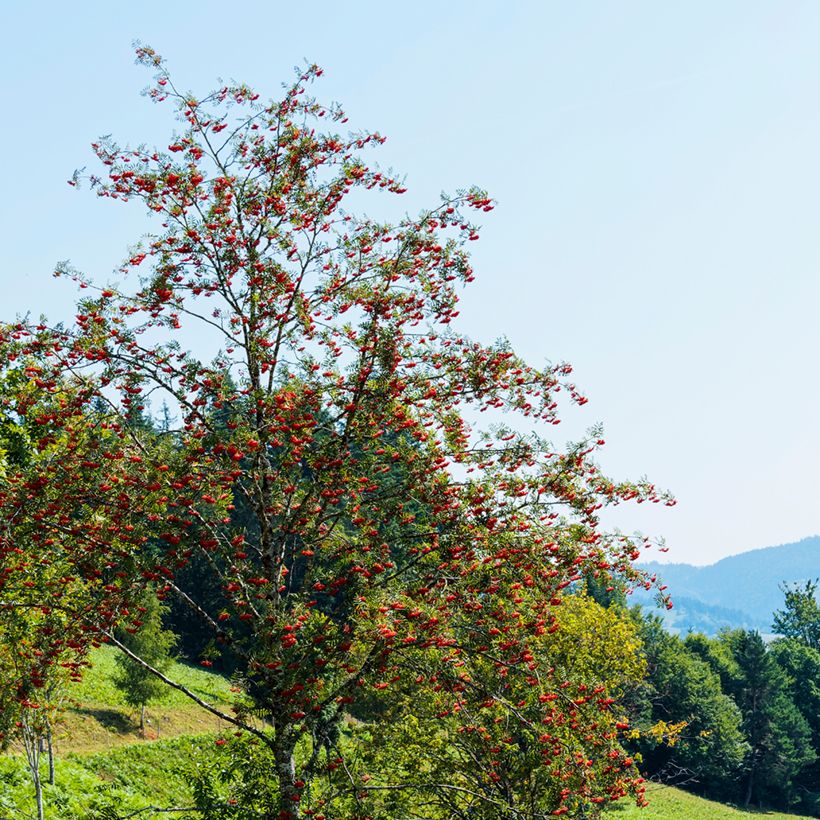

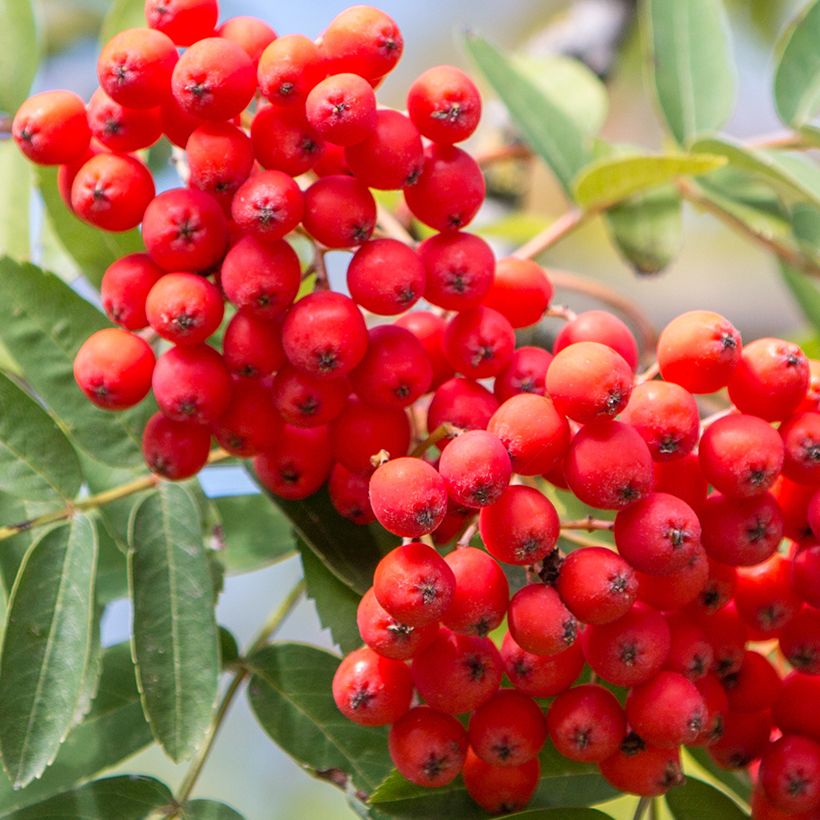

Plant habit
Flowering
Foliage
Botanical data
Sorbus
aucuparia
Wettra
Rosaceae
European mountain Ash, Mountain Ash, Quickbeam, Rantry, Rowan, Ranty, Rowanberry
Cultivar or hybrid
Other Sorbus - Mountain Ash
View all →Planting and care
The Sorbus aucuparia 'Wettra' is planted in autumn in any soil, preferably moist (but can tolerate dry), slightly acidic, neutral or alkaline. Not very demanding, it adapts to loamy, clayey or sandy soils. Dig a planting hole of 60 to 80 cm (24 to 32in) on each side and add some compost to the bottom if the soil is poor. Soak the container in a bucket to thoroughly saturate the root ball before placing it in the planting hole. Fill in and water abundantly; monitor watering during the first two years to allow the tree to establish well.
It will thrive equally well in full sun or partial shade and has no particular requirements. It is a pioneering species capable of establishing itself in poor soils.
Planting period
Intended location
Care
-
, onOrder confirmed
Reply from on Promesse de fleurs
Haven't found what you were looking for?
Hardiness is the lowest winter temperature a plant can endure without suffering serious damage or even dying. However, hardiness is affected by location (a sheltered area, such as a patio), protection (winter cover) and soil type (hardiness is improved by well-drained soil).

Photo Sharing Terms & Conditions
In order to encourage gardeners to interact and share their experiences, Promesse de fleurs offers various media enabling content to be uploaded onto its Site - in particular via the ‘Photo sharing’ module.
The User agrees to refrain from:
- Posting any content that is illegal, prejudicial, insulting, racist, inciteful to hatred, revisionist, contrary to public decency, that infringes on privacy or on the privacy rights of third parties, in particular the publicity rights of persons and goods, intellectual property rights, or the right to privacy.
- Submitting content on behalf of a third party;
- Impersonate the identity of a third party and/or publish any personal information about a third party;
In general, the User undertakes to refrain from any unethical behaviour.
All Content (in particular text, comments, files, images, photos, videos, creative works, etc.), which may be subject to property or intellectual property rights, image or other private rights, shall remain the property of the User, subject to the limited rights granted by the terms of the licence granted by Promesse de fleurs as stated below. Users are at liberty to publish or not to publish such Content on the Site, notably via the ‘Photo Sharing’ facility, and accept that this Content shall be made public and freely accessible, notably on the Internet.
Users further acknowledge, undertake to have ,and guarantee that they hold all necessary rights and permissions to publish such material on the Site, in particular with regard to the legislation in force pertaining to any privacy, property, intellectual property, image, or contractual rights, or rights of any other nature. By publishing such Content on the Site, Users acknowledge accepting full liability as publishers of the Content within the meaning of the law, and grant Promesse de fleurs, free of charge, an inclusive, worldwide licence for the said Content for the entire duration of its publication, including all reproduction, representation, up/downloading, displaying, performing, transmission, and storage rights.
Users also grant permission for their name to be linked to the Content and accept that this link may not always be made available.
By engaging in posting material, Users consent to their Content becoming automatically accessible on the Internet, in particular on other sites and/or blogs and/or web pages of the Promesse de fleurs site, including in particular social pages and the Promesse de fleurs catalogue.
Users may secure the removal of entrusted content free of charge by issuing a simple request via our contact form.
The flowering period indicated on our website applies to countries and regions located in USDA zone 8 (France, the United Kingdom, Ireland, the Netherlands, etc.)
It will vary according to where you live:
- In zones 9 to 10 (Italy, Spain, Greece, etc.), flowering will occur about 2 to 4 weeks earlier.
- In zones 6 to 7 (Germany, Poland, Slovenia, and lower mountainous regions), flowering will be delayed by 2 to 3 weeks.
- In zone 5 (Central Europe, Scandinavia), blooming will be delayed by 3 to 5 weeks.
In temperate climates, pruning of spring-flowering shrubs (forsythia, spireas, etc.) should be done just after flowering.
Pruning of summer-flowering shrubs (Indian Lilac, Perovskia, etc.) can be done in winter or spring.
In cold regions as well as with frost-sensitive plants, avoid pruning too early when severe frosts may still occur.
The planting period indicated on our website applies to countries and regions located in USDA zone 8 (France, United Kingdom, Ireland, Netherlands).
It will vary according to where you live:
- In Mediterranean zones (Marseille, Madrid, Milan, etc.), autumn and winter are the best planting periods.
- In continental zones (Strasbourg, Munich, Vienna, etc.), delay planting by 2 to 3 weeks in spring and bring it forward by 2 to 4 weeks in autumn.
- In mountainous regions (the Alps, Pyrenees, Carpathians, etc.), it is best to plant in late spring (May-June) or late summer (August-September).
The harvesting period indicated on our website applies to countries and regions in USDA zone 8 (France, England, Ireland, the Netherlands).
In colder areas (Scandinavia, Poland, Austria...) fruit and vegetable harvests are likely to be delayed by 3-4 weeks.
In warmer areas (Italy, Spain, Greece, etc.), harvesting will probably take place earlier, depending on weather conditions.
The sowing periods indicated on our website apply to countries and regions within USDA Zone 8 (France, UK, Ireland, Netherlands).
In colder areas (Scandinavia, Poland, Austria...), delay any outdoor sowing by 3-4 weeks, or sow under glass.
In warmer climes (Italy, Spain, Greece, etc.), bring outdoor sowing forward by a few weeks.






























